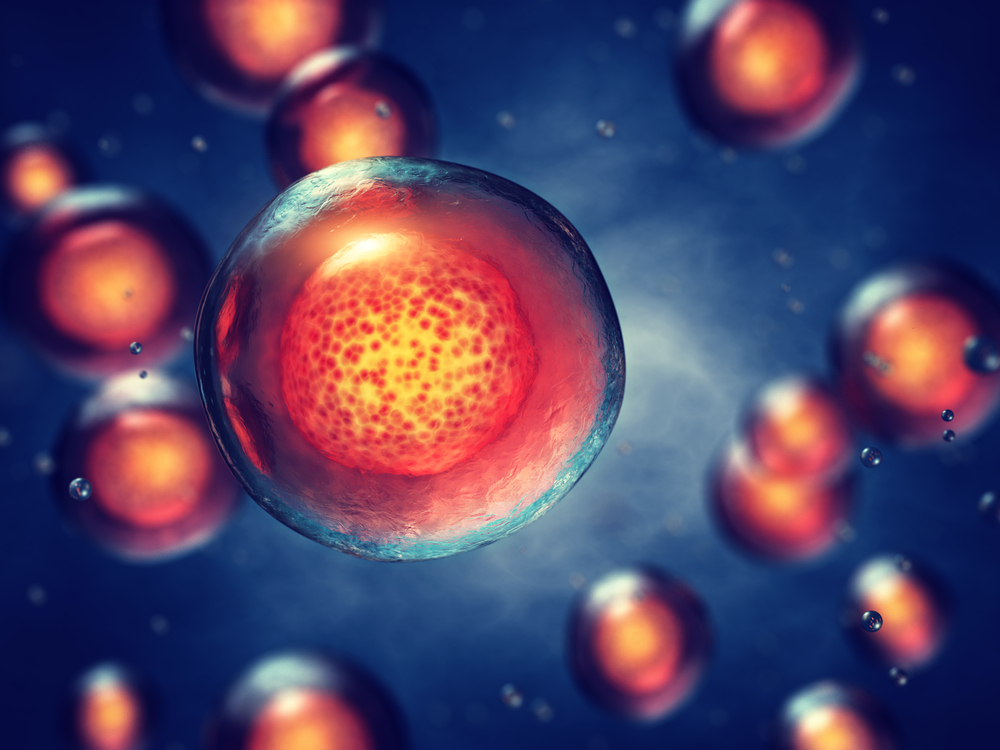Stem Cells Can Slow Alport by Reining in Blood Vessel Growth Signaling, Study Shows

A type of stem cell prevents the progression of Alport disease in mice by releasing tiny bubbles that mop up excessive amounts of a factor that promotes blood vessel growth signaling, Los Angeles researchers report.
The findings provide new insight into Alport disease mechanisms, the team at Children’s Hospital Los Angeles said. Scientists may use it to develop treatments that target the abnormality, the researchers argued in the journal Scientific Reports.
Alport stems from damage to tiny blood vessels in the kidneys. Too much blood vessel growth signaling worsens the disease.
In earlier research, the California team discovered that stem cells derived from fluid surrounding a fetus could slow the progression of Alport disease in mice. They were unable to grasp how the cells — which were injected into the heart — could affect disease processes in the kidneys, however. Fluid around a fetus is called amniotic fluid.
The new study focused on how a treatment delivered to the heart can alleviate a kidney disease like Alport. They titled it “Amniotic fluid stem cell-derived vesicles protect from VEGF-induced endothelial damage.”
This time they discovered an increase in the protein that promotes blood vessel growth in the kidney’s filtering units, or glomeruli. This was particularly true in the early stages of Alport.
When they injected mice with amniotic fluid stem cells, most accumulated in the kidneys — very few traveled to other organs. Importantly, a couple of weeks after the injection, blood vessel growth-promoting signaling started to become normal.
Because scientists know that other kinds of stem cells release tiny bubbles filled with factors that affect cells’ function, the team wondered if amniotic fluid stems could do the same. This could help explain their effect on the kidneys, the researchers thought.
They discovered that bubbles from lab-grown amniotic stem cells had receptors for the blood vessel growth-prompting factor on their surfaces, but did not contain the factor itself. In fact, the bubbles contained factors that actually rein in blood vessel growth signaling.
This indicated that the stem cells can slow the progression of Alport disease by normalizing excessive levels of the signaling in kidneys, researchers said.
When the team exposed mice in the early stages of Alport disease to the bubbles, their condition improved — just as it did when the animals were exposed to the stem cells themselves.
This knowledge could help scientists develop treatments that prevent damage to Alport patients’ kidneys — or at least slow the progression of the disease, researchers said.







Comments